After it finished analyzing the test results late on Friday, the Australian Energy Market Operator (AEMO) officially confirmed five solar farms in Victoria and New South Wales that had had their output cut in half for the last seven months had successfully passed a week-long series of testing. The final test conducted on Friday allowed the five generators to produce at full potential and return to unconstrained export.
AEMO underlined that unprecedented transparency and collaboration across the energy sector helped solve the issue. After it was discovered that the combined operations of the Bannerton, Broken Hill, Gannawarra, Karadoc, and Wemen solar farms, were a source of uncontrollable voltage oscillations triggered by normal disturbances to the grid such as lightning strikes, the generators were radically curtailed to ensure grid stability.
The solution to the system strength issue in the region involved tuning the solar farms’ inverters to operate in concert, rather than individually when delivering clean energy to the grid. As Scott Partlin, Head of After Sales Service at SMA, told pv magazine Australia earlier this week, no new physical components or hardware changes were required to engineer the solution but rather a new control firmware and settings that “give the system conductor greater ability to time and control the generation from plants so that the combined output is optimized, with less opportunity for the different plants to get ‘out of time’” when simultaneously exporting energy to the grid.
In concert
Such an achievement was only possible thanks to the unprecedented collaboration from across the energy sector. AEMO Chief System Design and Engineering Officer, Alex Wonhas, praised the contribution from across the sector and reaffirmed AEMO’s focus to progress assessments of new generation projects in the West Murray Zone now that a solution has been found. The region has attracted significant investment in grid-scale solar and wind generation, despite being a remote and electrically weak part of the National Electricity Market.
“AEMO is provisionally lifting the constraints but will continue to monitor the generator performance closely,” Wonhas said. “The scale and pace of inverter-based solar and wind generation connected in remote and electrically weak areas of the National Electricity Market, like the West Murray Zone, is presenting unprecedented grid performance and stability issues.”
Indeed, the West Murray Zone, which defines as an area of the Victorian and NSW power system bounded by Ballarat, Dederang, and Darlington Point, is not the only area facing system strength issues. AEMO had previously declared system strength shortfalls in South Australia, Tasmania, Victoria, and most recently in North Queensland, where two solar farms and one wind farm might have their output curtailed to zero.
“Solving the emergent challenge facing these solar farms required a collective response from many parties to develop a new solution that reduces the likelihood of enforcing constraints on inverter-based generators in areas of low system strength,” Wonhas said. “AEMO would like to recognise and thank the many people who have contributed to overcome this Australian-first challenge as we work together to transform Australia’s energy system.”
In particular, AEMO recognises the collaboration efforts of network businesses, Powercor and TransGrid, the five constrained solar farms and their inverter manufacturer, SMA, along with the Clean Energy Council (CEC) and contributions from individual businesses.
One of the affected projects, the 60 MW Gannawarra Solar Farm located west of Kerang in north-west Victoria and owned by Germany’s Wirsol and Australia’s Edify Energy, was the first large-scale solar farm to be constructed in Victoria and retrofitted with a massive 25MW / 50MWh Tesla Powerpack battery. “We are extremely pleased to have concluded the local and wide area network tests for Gannawarra Solar Farm and anticipated return to full unconstrained export,” Edify CEO and Founder John Cole, said on Friday. “All parties have worked extremely hard to get to this position. We thank the AEMO and Powercor teams for their outstanding efforts to coordinate 12 local generator tests, and four wide area network tests within a five-day window.”
Lifting the constraint on the five solar farms is excellent news also for all electricity consumers. “It is really satisfying to see our customers now return to full generation capacity,” Powercor General Manager Electricity Networks, Steven Neave, said. “This also benefits all the household and business customers who depend on reliable electricity supplied by our network.”
Zeros and ones
For SMA, developing a new capability in the inverter firmware, specifically to address a “live” problem on the grid and allow plants to return to normal operation is no doubt momentous. As Partlin puts it, the achievement has shown the potential of renewable asynchronous generation.
“With (in reality) some changes to 1’s and 0’s in code, a problem with the performance that created risk on the network was able to be solved,” he tells pv magazine Australia. “While it has certainly been a costly exercise for the affected generators, I think the lessons learned here will mean the next time similar issues come up it will be much quicker for the industry and technology providers to start working on delivering a solution. And all that, in the long term leads to a lower-cost delivery of electricity from renewable energy generators.”
SMA feels rightfully proud of the role it had been able to play in providing a ground-breaking technical solution to its customers and the Australian network. It also heaps praise on AEMO’s efforts. “These unique Australian technical challenges were successfully solved by our German-based Research & Development engineers by working closely with AEMO,” Partlin said. “While SMA developed a solution, it was only the hard work in the background which AEMO did, and how they developed a more collaborative approach especially this year which ultimately meant the solution could actually be used by the generators.”
The new capability in SMA Sunny Central inverters should assist to benefit the Australian power grid as the share of renewables increases and SMA is looking forward to continuing to “work closely with AEMO to see this new capability realized across its Australian fleet of inverters,” Partlin said.
This content is protected by copyright and may not be reused. If you want to cooperate with us and would like to reuse some of our content, please contact: editors@pv-magazine.com.
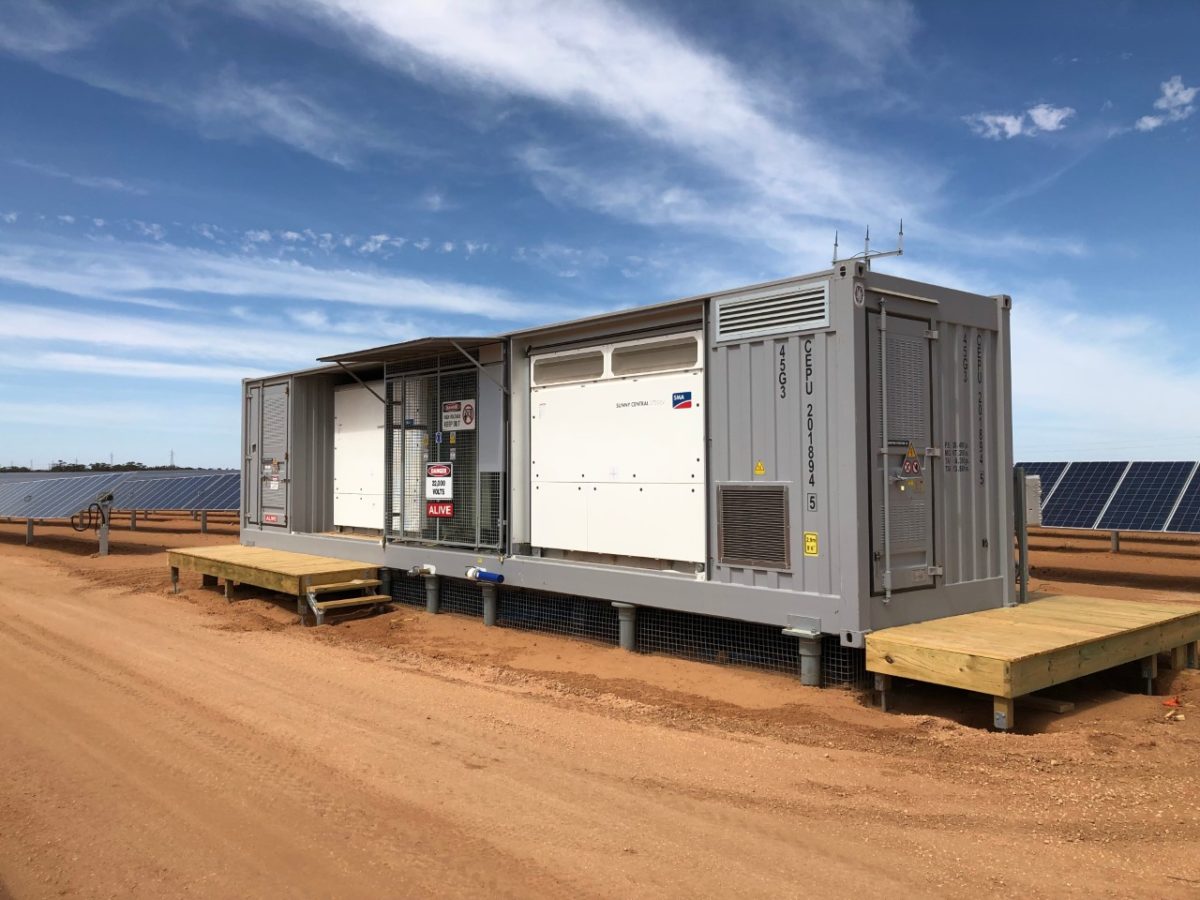
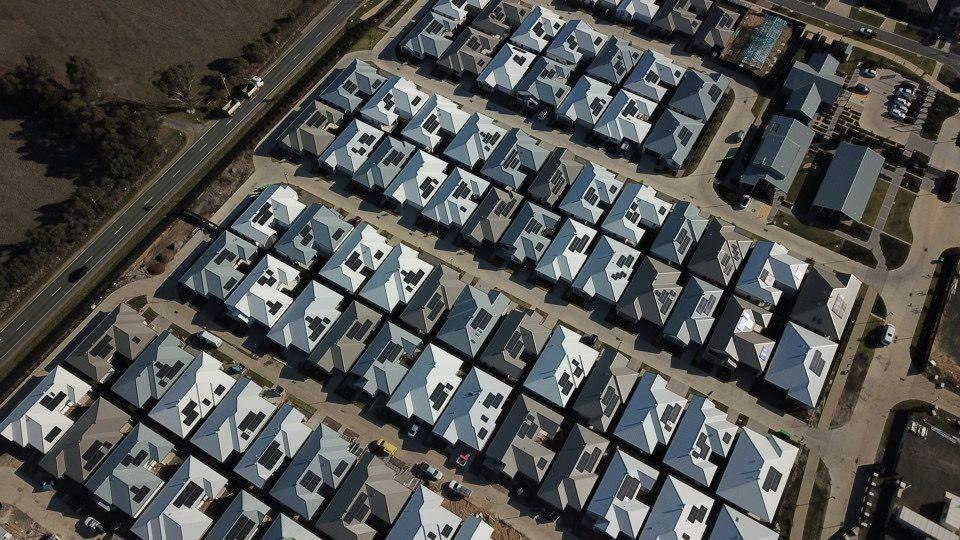


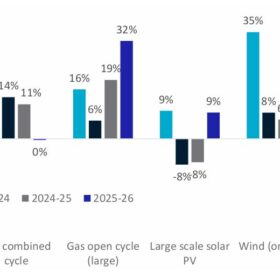
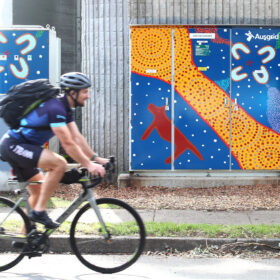
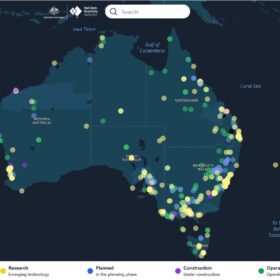
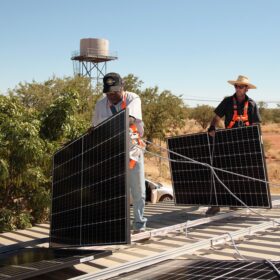
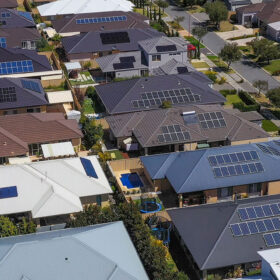
2 comments
By submitting this form you agree to pv magazine using your data for the purposes of publishing your comment.
Your personal data will only be disclosed or otherwise transmitted to third parties for the purposes of spam filtering or if this is necessary for technical maintenance of the website. Any other transfer to third parties will not take place unless this is justified on the basis of applicable data protection regulations or if pv magazine is legally obliged to do so.
You may revoke this consent at any time with effect for the future, in which case your personal data will be deleted immediately. Otherwise, your data will be deleted if pv magazine has processed your request or the purpose of data storage is fulfilled.
Further information on data privacy can be found in our Data Protection Policy.